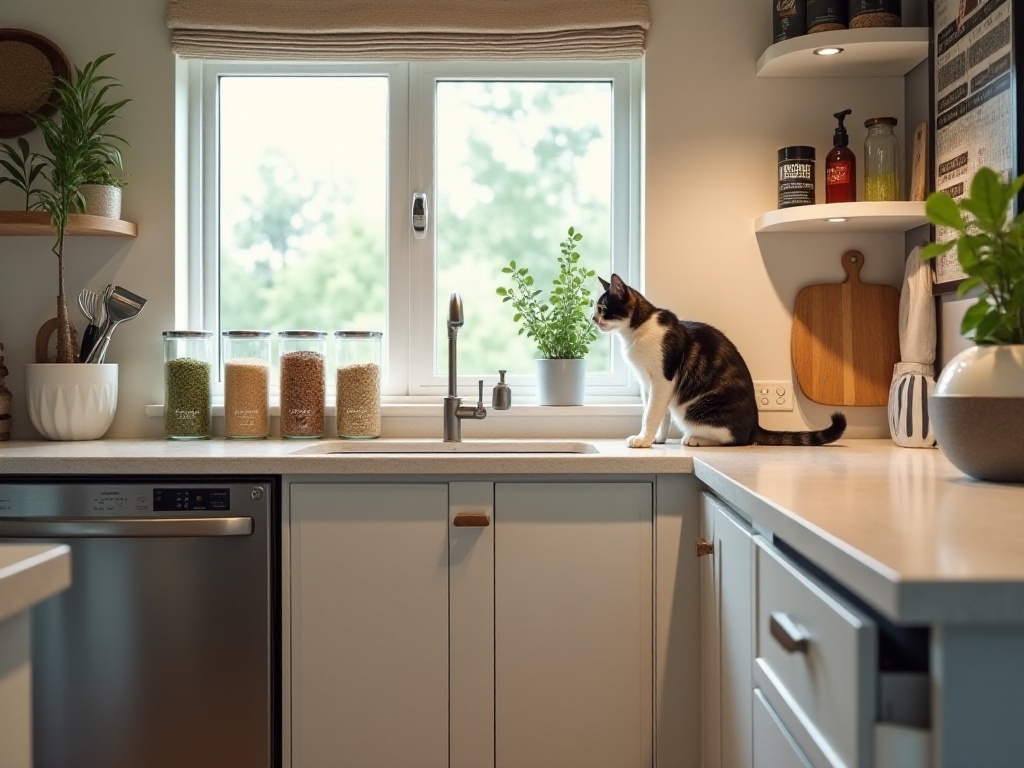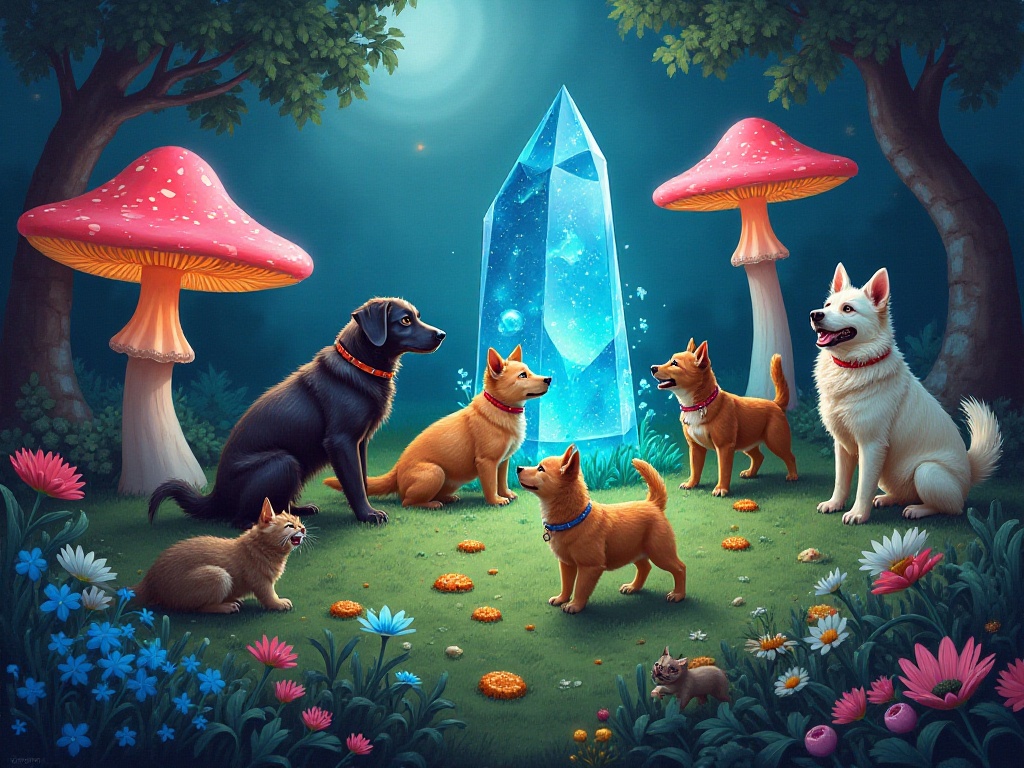
Introduction
Hello everyone! As a veteran pet owner with over a decade of experience, I've encountered countless interesting and challenging situations. From the initial struggles to now being able to confidently care for my furry friends, every moment has taught me valuable lessons. I remember being completely overwhelmed when I first started - how much to feed, how to train, what to do when they get sick - these questions gave me endless headaches. After years of exploration and learning, I've finally developed an effective set of pet care strategies. Today, I'd like to share these with you to help new pet owners avoid some common pitfalls.
All About Feeding
Feeding is truly a complex science! Different pets have different dietary needs, and even the same pet requires different nutrients at different ages. For instance, my Golden Retriever has always had an amazing appetite and eating speed, just like a small vacuum cleaner, instantly cleaning out the food bowl. This wolf-like eating habit can lead to indigestion and serious problems like gastric torsion.
After multiple attempts, I finally found a particularly effective trick: placing a small ball in the food bowl. The principle is simple - the ball forces the pet to move food around while eating. This naturally slows down their eating speed, allowing them to enjoy their meal properly. When I first tried this method, my Golden Retriever was quite resistant, trying to push the ball out with its nose, but soon realized this "annoying" ball wouldn't budge. With the ball's "help," it finally learned to eat gracefully.
Additionally, choosing the right food bowl is crucial. I recommend stainless steel bowls with a low center of gravity, which are difficult to tip over and easy to clean. For flat-faced cats and dogs, slanted bowls are best as they reduce feeding strain.
Weight management is truly a love-hate topic. Who doesn't want their furry friend to be healthy and fit? But faced with those puppy dog eyes, many pet owners give in and offer extra treats. However, excessive obesity can cause many health problems, including arthritis, heart disease, and diabetes.
My Golden Retriever went through a chubby phase, but then I discovered the green pea diet method, which worked wonderfully. The approach involves adding an appropriate amount of unsalted canned green peas to regular dog food. Green peas are low in calories and rich in dietary fiber, helping dogs feel full. I usually slightly soften the peas with warm water before mixing them with dog food. Initially, my Golden Retriever was somewhat hesitant about this new flavor but quickly adapted. Now it gets excited whenever I take out the can of green peas.
However, it's important to consult a veterinarian before changing your pet's diet structure. Each pet has different physical conditions and nutritional needs. For example, some dogs might be allergic to certain foods or have specific dietary restrictions due to medical conditions.
Treat selection is also important. I recommend low-fat, high-protein treats like dried chicken breast or dried fish. These treats satisfy their cravings while providing nutrition. But remember to control portions - treats should generally not exceed 10% of their daily caloric intake.
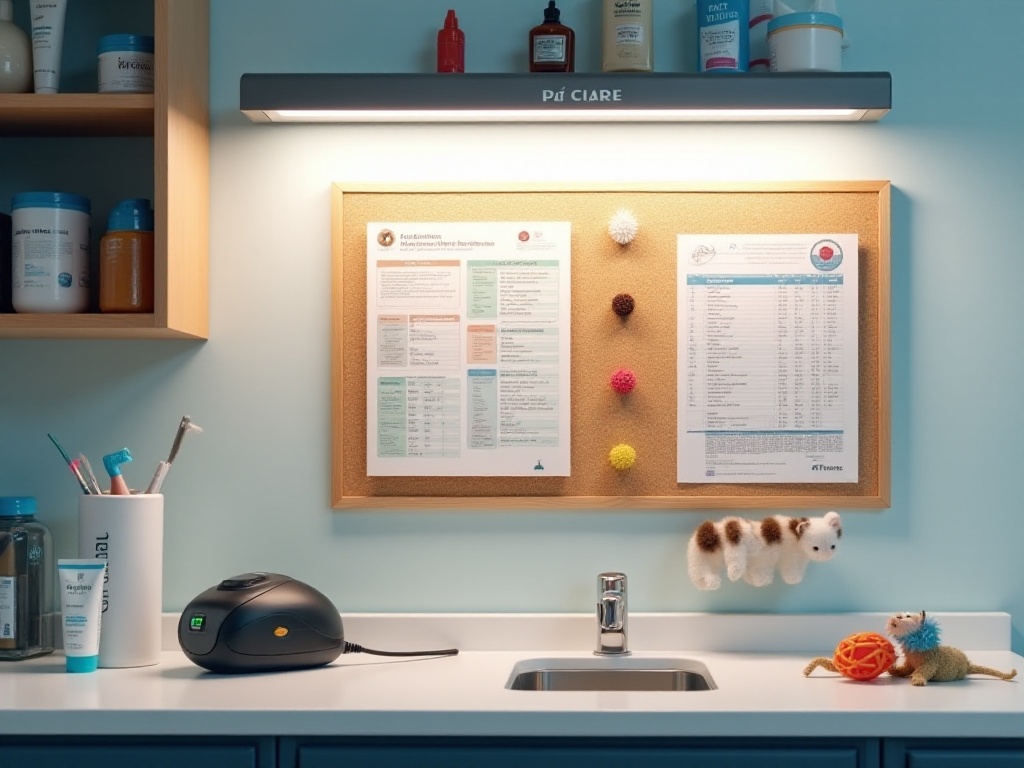
Cleaning Tips
Cleaning is an unavoidable topic for every pet owner. Especially dealing with waste - it's truly a skilled task. I remember when I first got my dog, dealing with carpet urine stains was particularly frustrating. The smell was terrible, and regular cleaners couldn't remove it, often leaving unsightly marks.
Later, I discovered a particularly effective method: using baking soda and vinegar. This combination is a miracle worker for removing urine stains! Here's the specific process: first, use paper towels to absorb as much urine as possible, then mix equal parts water and white vinegar in a spray bottle and spray evenly over the stained area. Next, sprinkle a layer of baking soda and let them react fully. Once completely dry, vacuum up the remaining baking soda.
This method works because both baking soda and vinegar have strong deodorizing effects. Baking soda neutralizes the ammonia in urine, while vinegar breaks down the proteins, removing stubborn stains. Plus, both are natural cleaners that won't harm pets or humans.
Besides waste management, shedding is another headache. Especially during molting season, it's like an ocean of fur! I've tried many hair removal tools, and finally found that a rubber broom works best. Its rubber bristles create static electricity, easily gathering fur from carpets and floors. The rubber broom is especially good at reaching places vacuums can't, like under sofas or behind cabinets.
Speaking of shedding, prevention is important too. Regular grooming can effectively reduce shedding. I usually brush my Golden Retriever's fur daily, carefully grooming from head to tail with a professional brush. This not only removes loose dead hair but also promotes blood circulation for healthier fur.
Furthermore, choosing appropriate cleaning products is crucial. I recommend pet-specific cleaners, as regular household cleaners may contain harmful ingredients. This is especially important for floor cleaners, as pets often lick their paws.
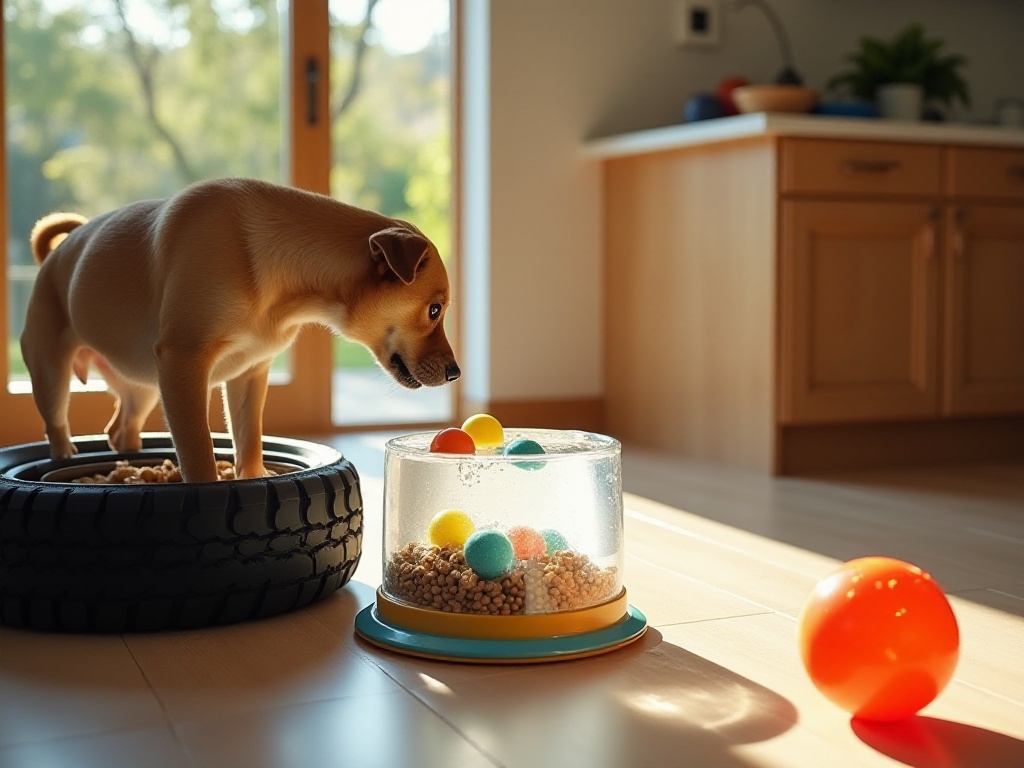
Play and Training
Caring for pets isn't just about physical health - mental health is equally important. Appropriate play and training can keep pets energetic and reduce destructive behaviors caused by boredom.
For toys, I especially recommend puzzle toys. For example, the Kong toy, which is a rubber toy designed for holding treats, is incredibly clever. You can put treats inside, and pets need to figure out various ways to get them out. This not only keeps them entertained but also trains their thinking abilities.
I remember the first time I gave my Golden Retriever a Kong toy, it had no idea what to do. Seeing its confused expression, I demonstrated: tilt the toy and gently shake it to make the treats fall out. After several attempts, it finally understood the toy's secret. Now it can skillfully solve various difficulty levels of puzzle toys, and sometimes watching it think seriously is quite entertaining.
Besides puzzle toys, interactive games are important too. Games like fetch and tug-of-war not only strengthen the bond between you and your pet but also provide appropriate exercise. However, note that different pets have different exercise needs. Large dogs like Golden Retrievers need at least an hour of exercise daily. For smaller or older dogs, exercise should be appropriately reduced.
For training, I recommend positive reinforcement. This means immediately rewarding pets when they do something right. The reward can be treats, petting, or verbal praise. Through this method, pets gradually develop correct behavioral habits.
For example, here's my method for potty training dogs: whenever you notice they need to go (usually there are signs, like circling or sniffing around), immediately take them to the designated spot. Once they finish in the correct place, give them an immediate reward. After some time of training, they'll develop the habit of going to the bathroom in a fixed location.

Seasonal Care
Different seasons require different care methods. In hot summer, keeping pets cool is an important task. Besides ensuring they have plenty of drinking water, I use some tricks to help them cool down.
For instance, I freeze their favorite toys or treats in water to make ice cubes. This helps cool them down while keeping them entertained. I usually use large ice cube trays, putting dog food or small treats inside before adding water and freezing. However, be careful not to make the ice cubes too large to avoid irritating their teeth.
Also, when taking walks, avoid the hottest times of day. I usually choose to take my dog out in the morning or evening when temperatures are relatively cooler. If you must go out at noon, be sure to bring enough water and watch your dog's condition carefully. If you notice any signs of discomfort, immediately find a shady spot to rest.
In winter, keeping warm becomes the priority. This is especially important for short-haired pets. I put a hot water bottle in my pet's bed, wrapped in a towel to prevent burns. This keeps them warm while sleeping at night.
For pets that need outdoor activity, prepare a warm shelter. My approach is to use a large cardboard box, line it with insulating material, and add soft padding. The box opening should face away from the wind to prevent cold drafts from blowing in directly.
Spring and autumn are seasons when pets easily get sick, so it's particularly important to prevent fleas and ticks during these times. I regularly use deworming medication and frequently check their skin for any abnormalities.
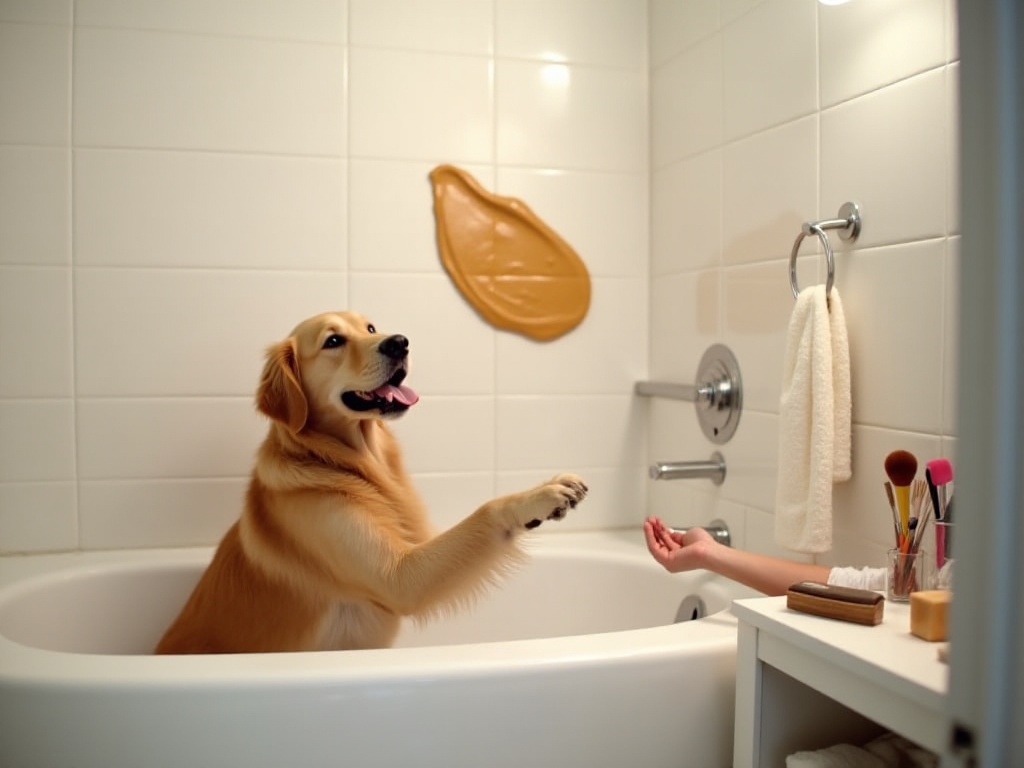
Conclusion
Having pets is truly both rewarding and challenging. They bring us endless joy while requiring lots of love and responsibility. Through years of experience, I've deeply realized that with heartfelt care, every pet can become our best friend.
Remember, each pet is unique, with their own personality and needs. We need to understand them with our hearts and care for them with love. I hope these practical tips can help everyone better care for their furry friends.
Finally, I want to say that being a good pet owner isn't easy, but when you see your furry friend living healthily and happily, all the effort is worth it. Let's work together to create a better living environment for our furry friends!
Next
Essential Pet Care Guide: From Beginner to Expert - Everything You Need to Know
A comprehensive guide to essential pet care, covering daily feeding management, cleaning maintenance, health checkups, seasonal care, and safety measures, helping pet owners create scientific and practical care solutions for their beloved pets
Life Hacks: Making Your Days Easier
Discover practical tips and tricks for everyday life, covering time management, home repairs, kitchen shortcuts, wardrobe organization, travel preparation, and pet care to make your life easier and more efficient.
First-Time Pet Parent's Guide: A Complete Home Care Manual for a Happy Life with Your Furry Friend
A comprehensive guide covering essential aspects of pet care, including health monitoring, dietary care, living environment setup, and practical solutions for special situations to help pet owners provide better care
Next
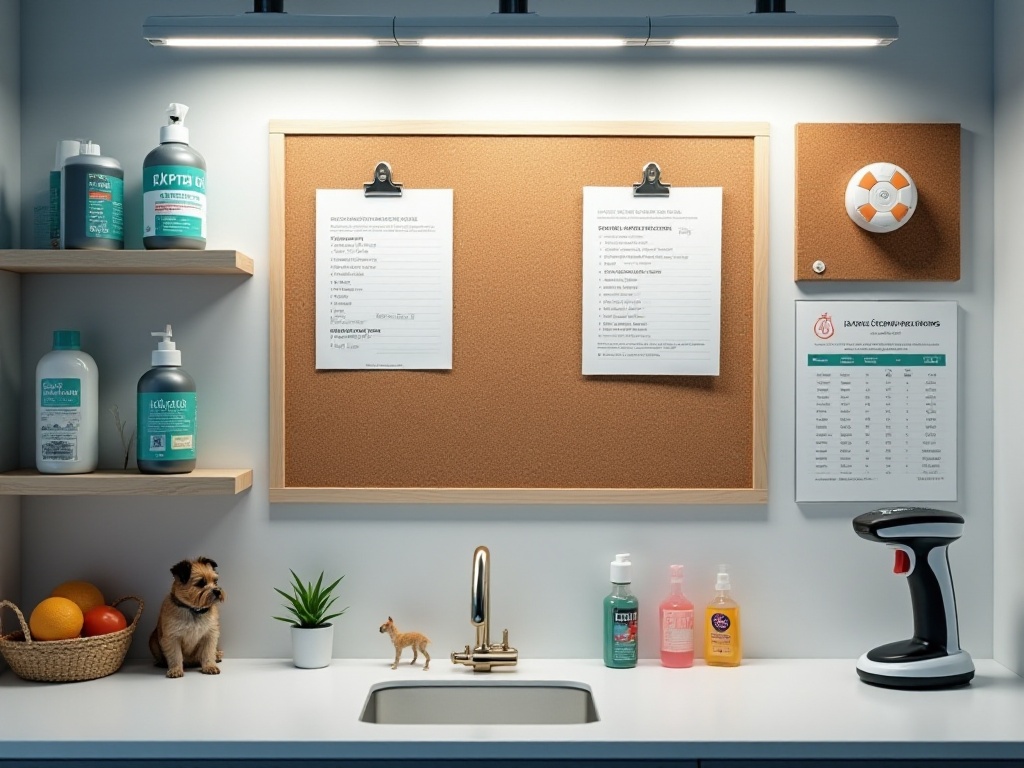
Essential Pet Care Guide: From Beginner to Expert - Everything You Need to Know
A comprehensive guide to essential pet care, covering daily feeding management, cleaning maintenance, health checkups, seasonal care, and safety measures, helping pet owners create scientific and practical care solutions for their beloved pets
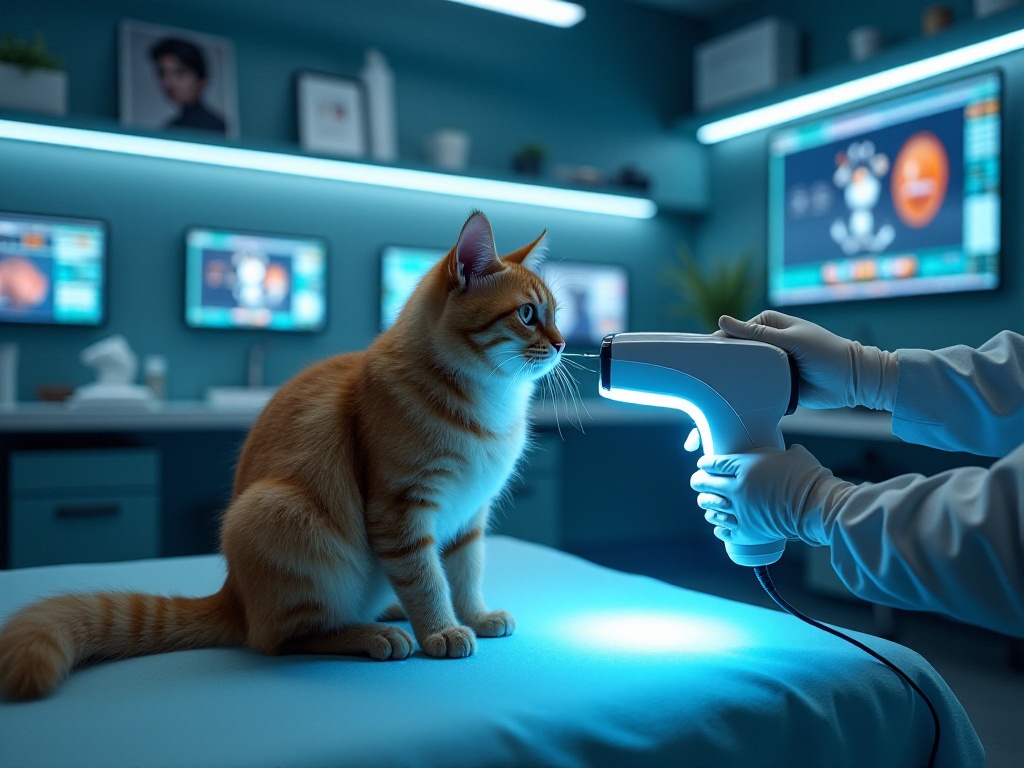
Life Hacks: Making Your Days Easier
Discover practical tips and tricks for everyday life, covering time management, home repairs, kitchen shortcuts, wardrobe organization, travel preparation, and pet care to make your life easier and more efficient.
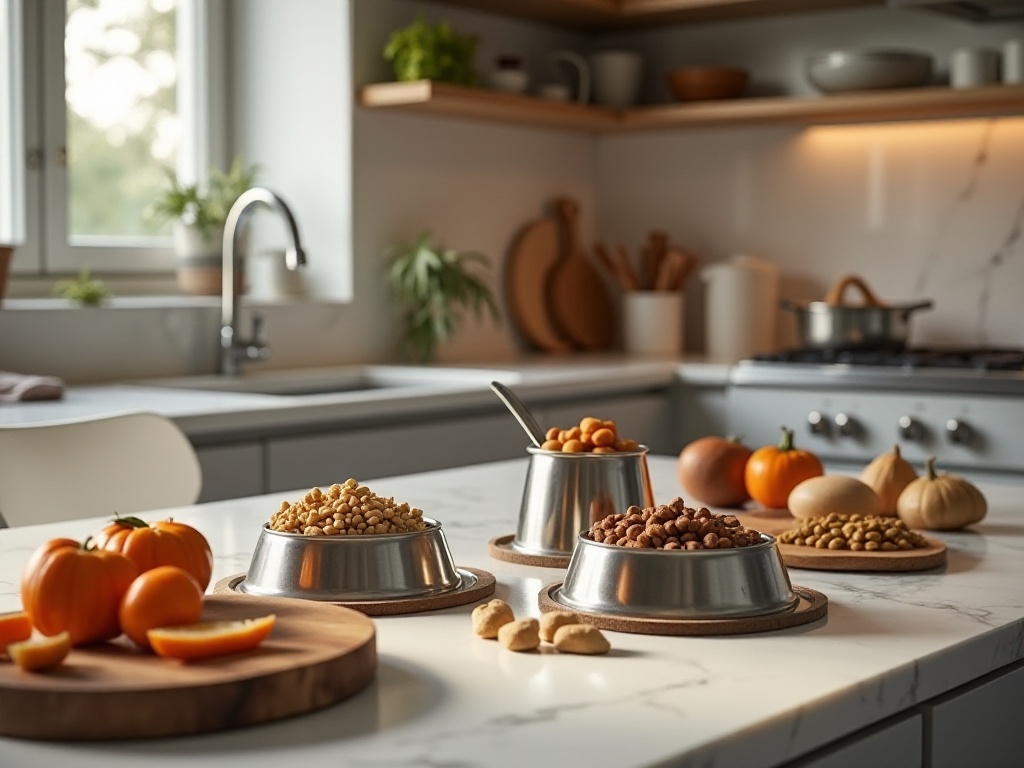
First-Time Pet Parent's Guide: A Complete Home Care Manual for a Happy Life with Your Furry Friend
A comprehensive guide covering essential aspects of pet care, including health monitoring, dietary care, living environment setup, and practical solutions for special situations to help pet owners provide better care

